Table of contents
- Introduction to Chlorogenic Acid
- Molecular Structural Characteristics of Chlorogenic Acid
- Physicochemical properties of chlorogenic acid
- Benefits of Chlorogenic Acid
- Toxicity of Chlorogenic Acid
- Application of Chlorogenic Acid
-
Introduction to Chlorogenic Acid
Chlorogenic acid is widely distributed in the plant kingdom, from dicotyledonous plants to ferns, mainly in Lonicera, Compositae and Artemisia. Among them, the plants with higher content are mainly Eucommia, honeysuckle, sunflower, Jimu, coffee, cocoa and so on. In addition, such as fruits (such as apples, pears), vegetables (such as potatoes, potatoes), soybeans, wheat, green tea and other daily food products contain chlorogenic acids. It is one of the widely distributed phenolic compounds in plants and is internationally recognized as “plant gold”. Chlorogenic acid has a wide range of biological activities, and modern scientific research on the biological activity of chlorogenic acid has gone deep into many fields such as food, health care, medicine and daily chemical industry. Chlorogenic acid is an important biologically active substance, which has the benefits of antibacterial, antiviral, increasing white blood cells, protecting liver and gallbladder, antitumor, lowering blood pressure, lowering blood lipid, scavenging free radicals and exciting the central nervous system.
Chlorogenic acid is an organic compound and one of the main antibacterial and antiviral active pharmacological components of honeysuckle. Hemihydrate is needle crystal (water). 110 ℃ into anhydrous compound. The solubility in water at 25°C is 4%, and the solubility in hot water is greater. Soluble in ethanol and acetone, very slightly soluble in ethyl acetate. Chlorogenic acid has a broad antibacterial effect, but can be inactivated by protein in vivo. Similar to caffeic acid, it can increase central excitability in rats when administered orally or intraperitoneally. Can increase rat and mouse intestinal peristalsis and rat uterine tension. It has a choleretic effect and can increase bile secretion in rats.
Molecular formula: C16H18O9
Molecular weight: 354.30
CAS Number: 327-97-9
MDL number: MFCD00003862
EINECS Number: 206-325-6
RTECS No.: GU8480000
Chlorogenic acid is a deceptive acid generated from caffeic acid and quinic acid (1-hydroxyhexahydrogallic acid), which is a benzene produced by plants through the shikimic acid pathway during aerobic respiration. propane compounds.
According to the different binding sites and numbers of caffeoyl on quinic acid, theoretically, there are 10 chlorogenic acid isomers composed of monocaffeoylquinic acid and dicaffeoylquinic acid, which are: 1 -Caffeoylquinic acid, 3-caffeoylquinic acid, 4-caffeoylquinic acid, 5-caffeoylquinic acid, 1,3-dicaffeoylquinic acid, 1,4-dicaffeoylquinic acid Niacinic acid, 1,5-dicaffeoylquinic acid, 3,4-dicaffeoylquinic acid, 3,5-dicaffeoylquinic acid, 4,5-dicaffeoylquinic acid. The chlorogenic acid isomers found in plants are as follows: chlorogenic acid (3-caffeoylquinic acid), cryptochlorogenic acid (Band510) (4-caffeoylquinic acid), neochlorogenic acid (5-caffeoylquinic acid) Caffeoylquinic acid), isochlorogenic acid A (3,5-dicaffeoylquinic acid), isochlorogenic acid B (3,4-dicaffeoylquinic acid), isochlorogenic acid C (4 ,5-dicaffeoylquinic acid), lytherin (1,3-dicaffeoylquinic acid).
-
Molecular Structural Characteristics of Chlorogenic Acid
Chlorogenic acid is an ester formed by caffeic acid and quinic acid, and its molecular structure has three unstable parts: ester bond, unsaturated double bond and polyhydric phenol. During extraction from plants, isomerization often occurs through hydrolysis and migration of lactone groups. Due to the special structure of chlorogenic acid, it can be extracted from plants using polar solvents such as ethanol, acetone, methanol, etc., but due to the instability of chlorogenic acid itself, high temperature, strong light and long-term heating cannot be used during extraction. . The test solution of chlorogenic acid is most stable when placed in a brown bottle and stored in a refrigerator (2°C).
-
Physicochemical properties of chlorogenic acid
Chlorogenic acid is a hemihydrate from needle-like crystals in water, and becomes anhydrous at 110°C. Melting point 208°C, [α] D25-33.5° (water, C=1), K=2.2×10-3 (27°C). It has a weak sour taste and is astringent. The solubility in water is 4% at 25°C, easily soluble in hot water, soluble in ethanol and acetone, slightly soluble in ethyl acetate, insoluble in chloroform, ether and carbon disulfide. Azeotrope with concentrated hydrochloric acid to obtain blue dye. It can make bromine water fade, azeotrope with concentrated hydrogen iodide to obtain benzoic acid, co-thermally decompose into phenol with water at 230 ℃, and co-thermally decompose into caffeic acid and cinchona acid with dilute hydrochloric acid, etc., only coffee can be obtained by the action of dilute alkali at room temperature acid and cinchona acid. Chlorogenic acid and its isomers isochlorogenic acid and neochlorogenic acid also exist in the fruits, leaves and other tissues of dicotyledonous plants, and are important factors in plant metabolism.
The molecular structure of chlorogenic acid contains one ester bond and unsaturated double bond, 3 hydroxyl groups and 2 phenolic hydroxyl groups, and its chemical properties are relatively unstable and sensitive to light and heat. From a structural point of view, chlorogenic acid is an ester formed by the condensation of caffeic acid and quinic acid, which belongs to phenolic compounds. Because the molecule has ortho-diphenol hydroxyl group, it has strong reducibility and is more easily oxidized by free radicals, thus showing good free radical scavenging effect and anti-lipid peroxidation effect.
-
Benefits of Chlorogenic Acid
1. Cardiovascular protection
Oxygen free radicals are one of the important factors that cause endothelial damage, and a large number of experiments have proved that chlorogenic acid is a free radical scavenger and antioxidant [23, 24]. It can protect vascular endothelial cells, and thus have an effective protective effect on the cardiovascular system. Studies have found that chlorogenic acid can protect cardiomyocytes.
2. Antioxidant effect
The active hydroxyl groups in chlorogenic acid molecules can form hydrogen free radicals with antioxidant effects, thereby eliminating the activity of hydroxyl free radicals and protecting tissues from oxidative damage. It may be related to that chlorogenic acid can inhibit the formation of 8-OH-dG when DNA is attacked by reactive oxygen species.
Studies have shown that chlorogenic acid has the effect of scavenging free radicals, and the scavenging effect is dose-related with its concentration. Other studies have also proved that chlorogenic acid extracted from green tea, coffee and cinnamon can play a very good antioxidant effect.
3. Anti-ultraviolet and anti-radiation effect
Studies have found that natural polyphenols represented by chlorogenic acid can protect collagen from free radicals such as reactive oxygen species, and effectively prevent ultraviolet rays from damaging human skin. At present, there are a number of European patents for skin sunscreens and shampoos after adding chlorogenic acid, and these products all have a certain effect on anti-radiation.
4. Anti-mutagenic and anti-cancer effects
A large number of experiments have proved that chlorogenic acid has anti-mutagenic and anti-cancer effects. For example, chlorogenic acid in vegetables and fruits can inhibit the mutagenicity of carcinogens aflatoxin B1 and benzo[a]pyrene by inhibiting activating enzymes; chlorogenic acid can cause tumor cells to produce larger amounts of tumor cells in an alkaline environment. DNA fragmentation and cause nuclear agglutination; chlorogenic acid inhibits 4-nitroquinoline-1-oxide (4NQO)-induced elevation of 8-hydroxydeoxyguanosine (8-OH-dG), which is carcinogenesis and important substances in the process of cellular oxidative stress. Chlorogenic acid can also achieve anti-cancer and anti-cancer effects by reducing the utilization rate of carcinogens and their transport in the liver.
5. Antibacterial and antiviral effects
In terms of antibacterial, current research generally believes that chlorogenic acid has a good antibacterial effect against Staphylococcus aureus, Escherichia coli, Bacillus subtilis, Legionella and other bacteria. , Chlorogenic acid has good activity against Staphylococcus aureus and Escherichia coli.
The antibacterial test of chlorogenic acid in tobacco also found that in addition to anti-Staphylococcus aureus and Escherichia coli activity, chlorogenic acid also has an inhibitory effect on Bacillus subtilis. Its antibacterial mechanism may be related to the non-competitive inhibition of arylamine acetyltransferase in bacteria. In terms of anti-virus, the study found that the chlorogenic acid obtained from the extract of Reviving Soul grass has inhibitory effect on influenza virus, respiratory syncytial virus and adenovirus.
6. Lipid-lowering effect
Studies have shown that oral administration of chlorogenic acid has a tendency to reduce visceral fat accumulation and body fat mass in rats. Intravenous administration of chlorogenic acid 5mg/mL for 3 weeks can reduce plasma cholesterol and triglyceride by 44% in rats. The study found that honeysuckle extract can reduce serum and liver tissue decreased.
7. Anti-leukemia effect
The inhibitory effect of chlorogenic acid on leukemia cells was studied, and it was found that sodium chlorogenate stored at -20 ℃ in the dark can selectively inhibit the proliferation of bcr-abl positive leukemia cell line K562 cells. However, sodium chlorate stored at 4 ℃ enhanced the proliferation inhibitory effect of bcr-abl positive leukemia cell line K562, and also had proliferation inhibitory effect on bcr-abl negative Jurkat cells. It was found that chlorogenic acid had inhibitory effect on human chronic myeloid leukemia K562 cells in its anti-tumor activity screening of phenolic compounds in the vine.
8. Immunomodulatory effects
The study found that chlorogenic acid had a greater effect on the levels of NF-γ and TNF-α in both intraepithelial lymphocyte (IEL) supernatant and intestinal lamina propria lymphocyte (LPL) supernatant. In vitro studies have shown that chlorogenic acid can significantly enhance the proliferation of T cells induced by influenza virus antigens, and can induce the production of IFN-γ and IFN-α in human lymphocytes and human peripheral blood leukocytes.
In addition, chlorogenic acid can also increase the levels of IgE, IgG1 and IL-4 in rats. Chlorogenic acid can enhance the function of macrophages. Therefore, chlorogenic acid has certain immunomodulatory ability.
9. Hypoglycemic effect
The hypoglycemic pharmacodynamics of chlorogenic acid was studied, and it was found that the crude extract of chlorogenic acid could effectively reduce the blood sugar of alloxan-type diabetic mice, and there was no significant difference in blood sugar between high, medium and low dose groups after administration. The difference indicates that the drug is not dose-dependent. But it had no significant effect on blood glucose in normal mice. Honeysuckle extract can reduce blood sugar in sucrose hyperglycemic mice and alloxan diabetic model mice.
In addition, the study also showed that the hypoglycemic effect of chlorogenic acid within 3 h was not statistically different from that of glyburide. The mechanism may be related to the inhibition of glucose-6-phosphate transferase and glucose absorption.
10. Others
In addition to many of the above pharmacological activities, chlorogenic acid also has anti-inflammatory activity. It has been reported that chlorogenic acids can play an anti-inflammatory effect by inhibiting the activity of hyaluronidase (HAase). In addition, chlorogenic acid still has the effect of protecting the liver and gallbladder, and relieving spasm.
-
Toxicity of Chlorogenic Acid
Chlorogenic acid has a sensitizing effect on people and can cause allergic reactions such as asthma and dermatitis, but there is no such reaction when taken orally, because chlorogenic acid can be converted into non-sensitizing substances by intestinal secretions. The toxicity of chlorogenic acid is very small, and the LD50 of young rats is more than 1g/kg by gavage, and more than 0.25g/kg by intraperitoneal injection.
-
Application of Chlorogenic Acid
HealthCare
The “Drug Standards” of the Ministry of Health includes 170 kinds of Chinese patent medicines with heat-clearing and detoxifying, antibacterial and anti-inflammatory properties, all of which contain chlorogenic acid as the main component. At present, in the production of Yinhuang preparations, Shuanghuanglian preparations and other drugs, chlorogenic acid has been used as one of the important indicators of quality control. Chlorogenic acid and other polyphenols are called “the seventh type of nutrients” and are widely used in the health care industry. The 99% pure chlorogenic acid extracted from plants by Microherb can be developed as a second-class new drug. In addition, chlorogenic acid is also an important chemical reagent and has a wide range of applications in biochemical analysis and chemical industry.
Food Industry
Natural food antioxidants are more and more popular among consumers. Chlorogenic acid extracted and isolated from Eucommia ulmoides leaves is a new and efficient phenolic antioxidant. For example, adding a small amount of chlorogenic acid to lard can improve the antioxidant stability of lard and prolong the shelf life. Chlorogenic acid has the effect of enhancing flavor and color protection, and can be used for the preservation of food and fruit. It can replace or partially replace the commonly used synthetic antioxidants in some foods. After Hirazawa et al. applied chlorogenic acid to the preservation of fish fillets, they found that its effect was better than that of tea extract and a-tocopherol. Chlorogenic acid is also used for the preservation of fruit juice, which can effectively prevent the spoilage of beverages and food; Wilska et al. also found that chlorogenic acid can greatly improve the color stability of fresh fruit juices such as strawberries.
Cosmetics industry
Facino et al. studied natural polyphenols represented by chlorogenic acid and found that they can protect collagen from free radicals such as reactive oxygen species, and can effectively prevent ultraviolet rays from damaging human skin. There are a number of European patents for the addition of chlorogenic acid to anti-urease cosmetics, skin sunscreens and shampoos to protect hair from UV rays and hair dyes.
Through the above, we bring you some knowledge about chlorogenic acid today for the reference of friends.
Xi’an Herb Bio is an experienced wholesaler specializing in the supply of natural raw materials. We can provide our friends with high-quality chlorogenic acid at a favorable price.
If you need more information, please click the below link to contact us. Please also share this article with those around you, so that they can also pay attention to know more about natural ingredients.
Need Chlorogenic Acid? Please contact Xi’an Herb Bio!

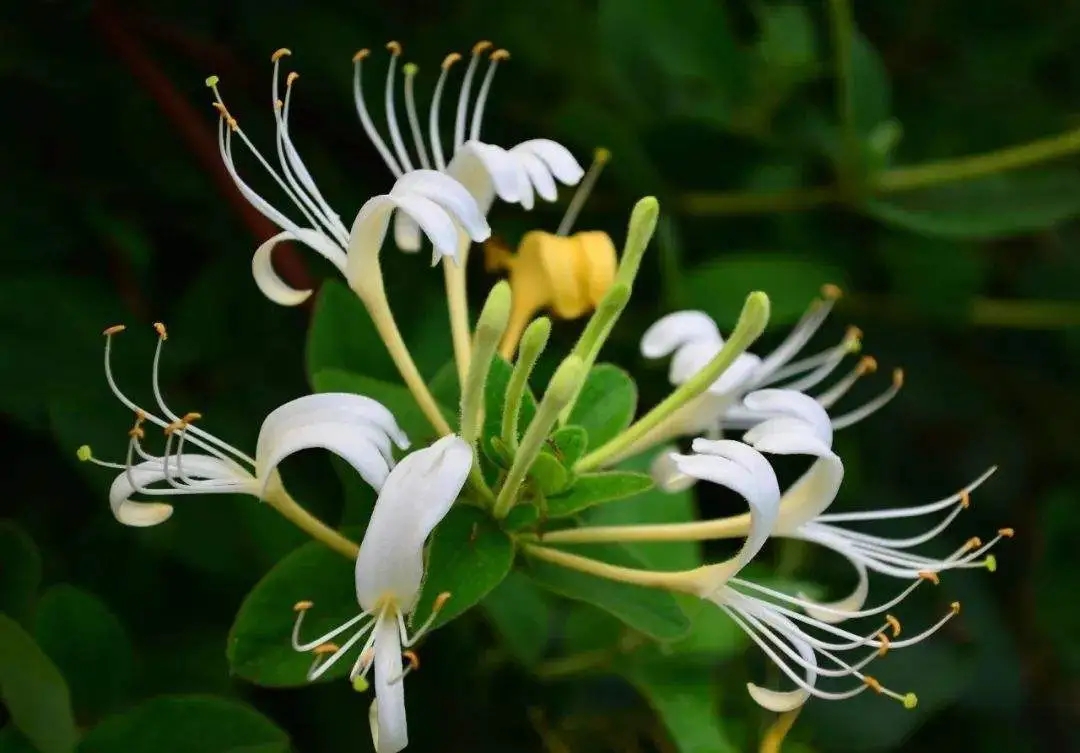
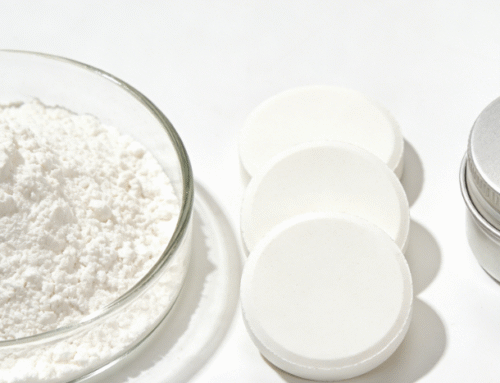
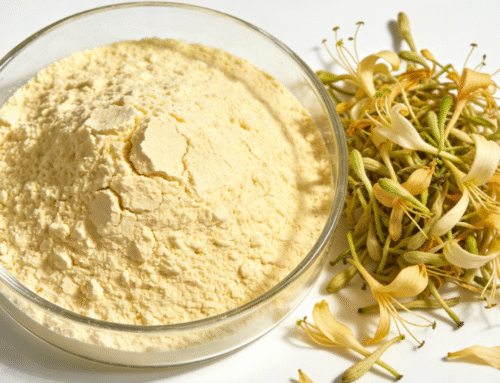
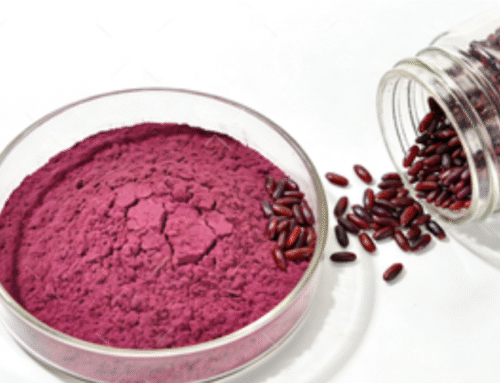
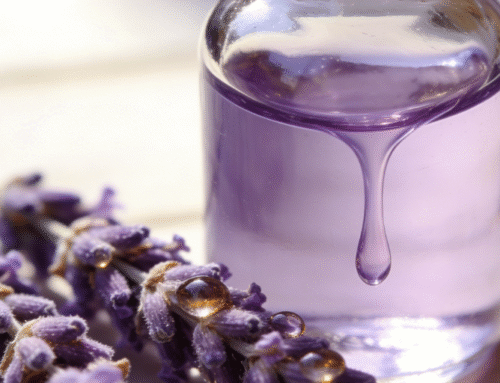
Leave A Comment